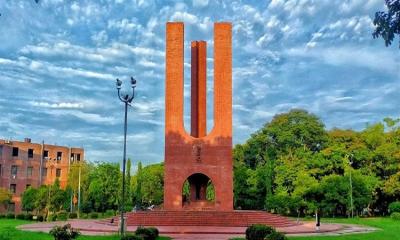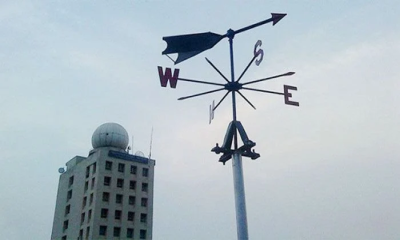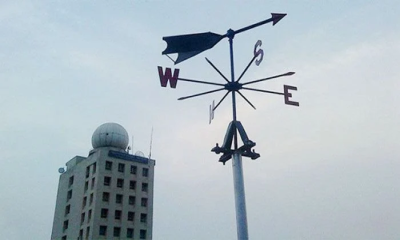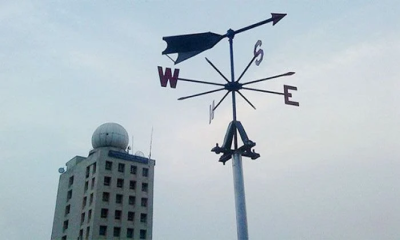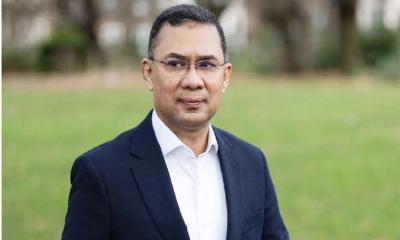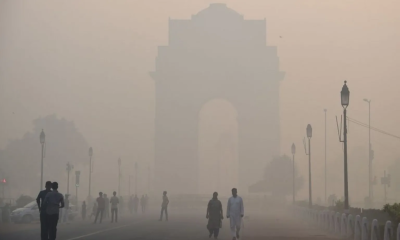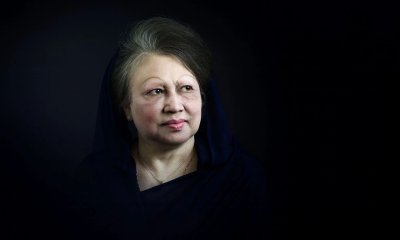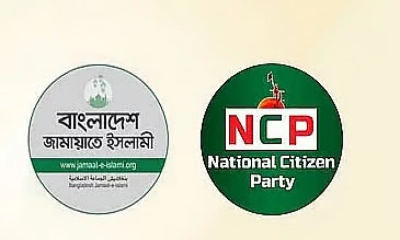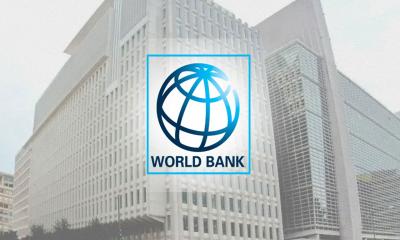On August 2 last year, leaders of the Anti-Discrimination Student Movement announced a nationwide demonstration for August 3 and declared a non-cooperation movement to begin from August 4.
The call came amid growing public outrage over killings during the quota reform protests and a nine-point charter of demands, including an apology from then Prime Minister Sheikh Hasina.
Movement coordinator Mahin Sarker made the announcement through a WhatsApp message late on August 2, urging citizens from all walks of life to participate.
Asif Mahmud Shojib Bhuyain, another key coordinator and current adviser in the interim government, shared the message, while Abdul Hannan announced the plans during a Facebook live session.
Hannan said that beginning August 4, protesters would stop paying taxes and utility bills, and enforce closures of all government and private offices, including denying access to the Prime Minister’s official residence, Gonobhaban, and the President’s residence, Bangabhaban.
Calling for complete non-cooperation with the government, he urged citizens to implement the programme to paralyze the administration.
Earlier on August 2, six student leaders—Nahid Islam, Sarjis Alam, Hasnat Abdullah, Asif Mahmud, Nusrat Tabassum, and Abu Baker Mojumder—who were released from the custody of the Dhaka Metropolitan Police’s Detective Branch (DB) a day earlier, vowed to continue the protests, demanding justice for those killed during the movement.
Though police had claimed they were taken into DB custody for their safety, the student leaders rejected that claim, stating they were never consulted and described their detention as unconstitutional.
They further alleged being forced to participate in a hunger strike, which was kept secret from their families, and being coerced into a video statement calling off the protests.
Despite inclement weather, thousands across Bangladesh took to the streets on August 2, demanding justice for the deceased, release of detainees, and repeal of curfew orders. Violent clashes erupted in several districts including the capital, leaving at least two people—including a policeman—dead, and over 150 injured.
In Habiganj, a day labourer was reportedly killed, while in Khulna, police claimed one of their constables died after being attacked by protesters. Clashes also broke out in Sylhet, Chattogram, Noakhali, Narsingdi, and Uttara in Dhaka. Protesters blocked key roads in Dhaka including Science Lab, Mirpur-10, Shahbagh, and Aftabnagar, while students in Tangail shut down the Dhaka-Tangail highway at the town bypass.
A symbolic mass procession titled Droho Jatra was launched from the Jatiya Press Club in Dhaka around 3 pm, led by students, teachers, cultural groups, and civil society members.
The procession, demanding the resignation of the Sheikh Hasina-led government, passed through various streets before ending at the Central Shaheed Minar. Protesters held placards reading “Step Down Hasina,” “Justice for Student Killings,” and “Bullets May Hit, But We Won’t Quit.” Former Jahangirnagar University professor Anu Muhammad addressed a large rally before the procession began.
Parallel demonstrations were also held by various professional groups, including urban planners, writers, poets, rights activists, and medical students. On the same day, 626 faculty members of BRAC University issued a statement of solidarity with the protest movement.
Expressing concern, UNICEF’s Regional Director for South Asia, Sanjay Wijesekera, issued a statement on August 2 noting that “at least 32 children were killed and many more injured or detained during July’s protests in Bangladesh.” He termed the loss “a terrible tragedy” and condemned all forms of violence.
From July 16 to 21, widespread protests rocked the country. In response, the government launched a sweeping crackdown, arresting more than 10,000 individuals, including students and opposition party activists, in a week-long special ‘combing operation’ that ended on August 2.
Responding to the situation, then Awami League General Secretary Obaidul Quader claimed that despite meeting the students’ demand for quota reform, certain vested groups were continuing to exploit the issue for political gain, portraying the crisis as a government-versus-student conflict.


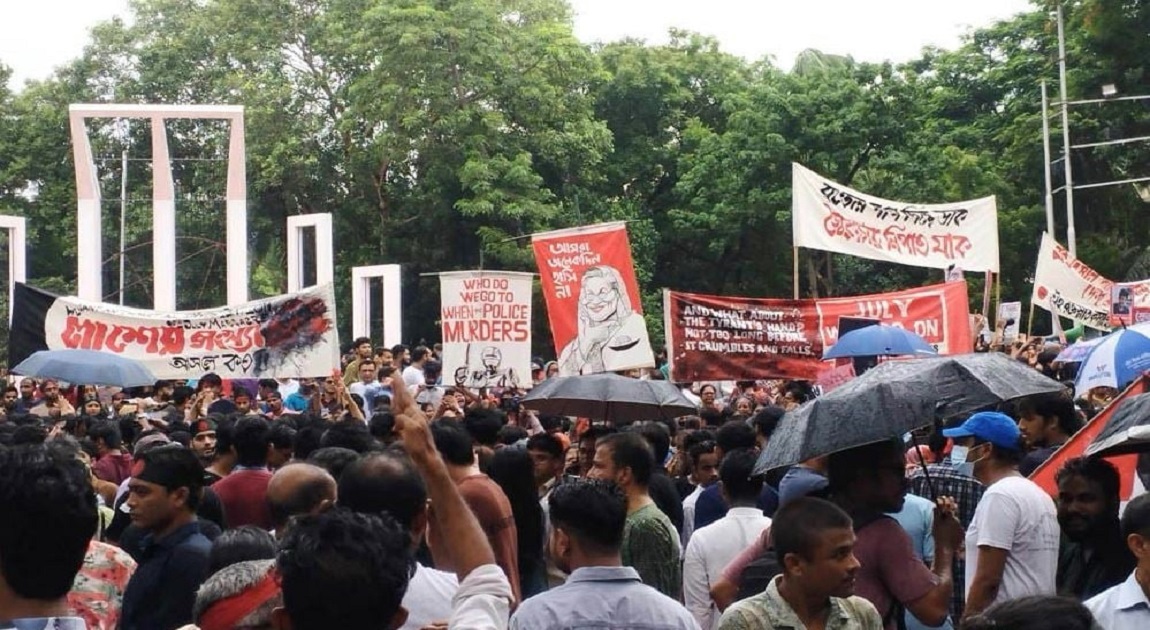

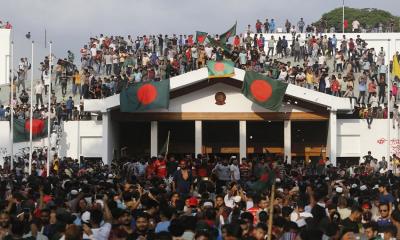
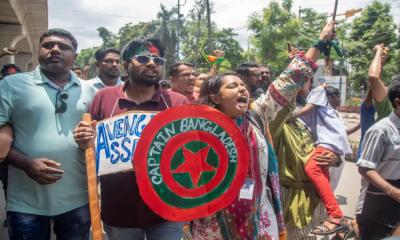
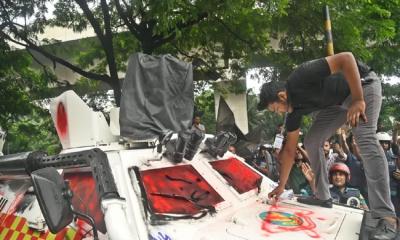
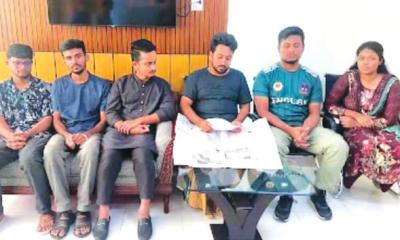
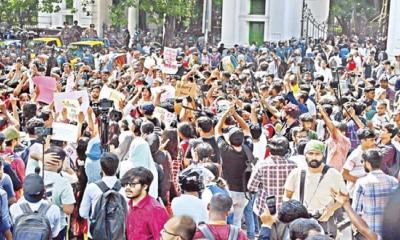
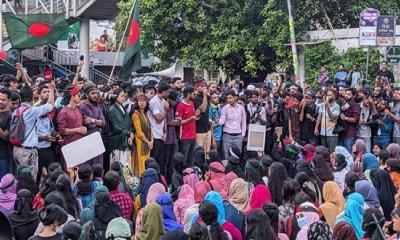
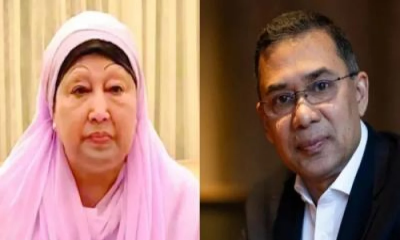
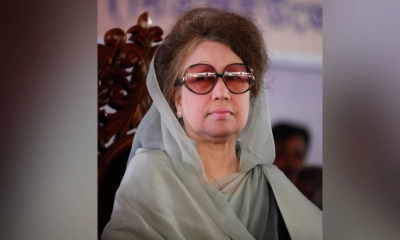
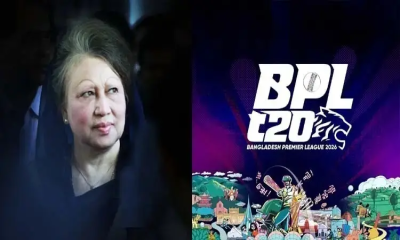
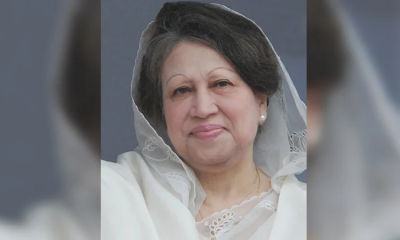
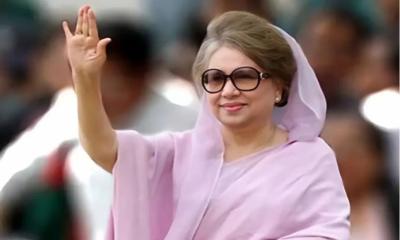
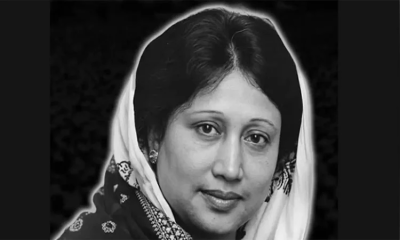
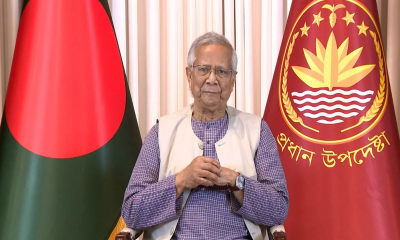
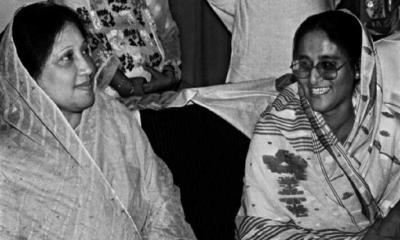
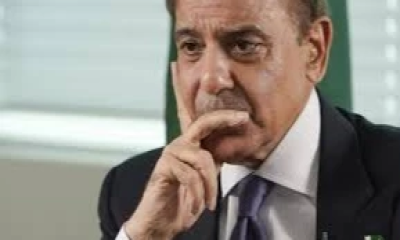
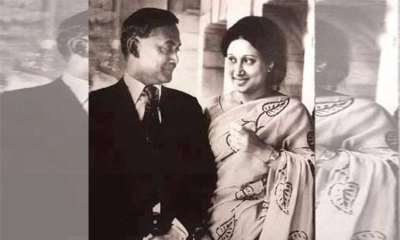
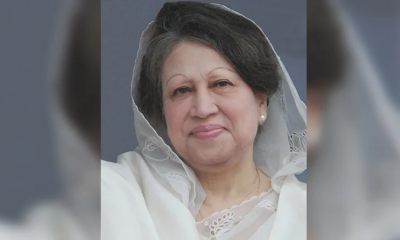
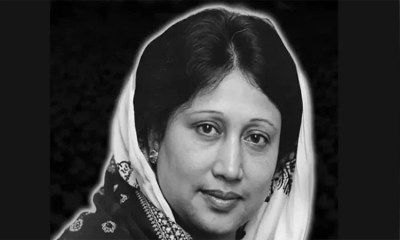
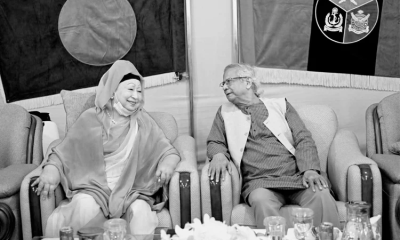
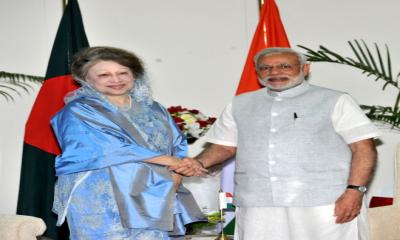
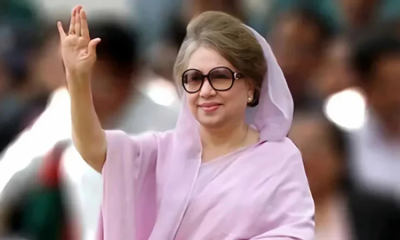

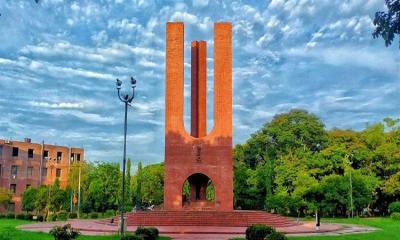
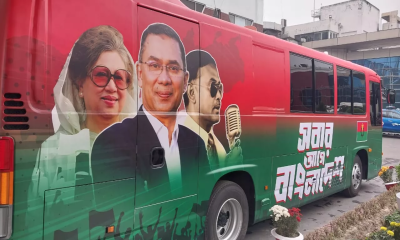
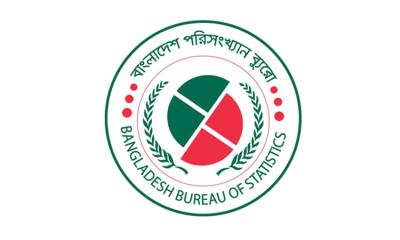
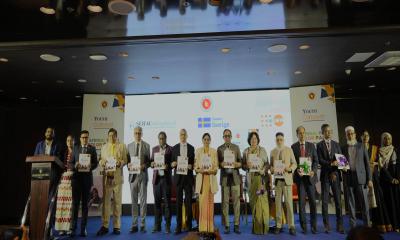
-20251227141313.jpeg)
